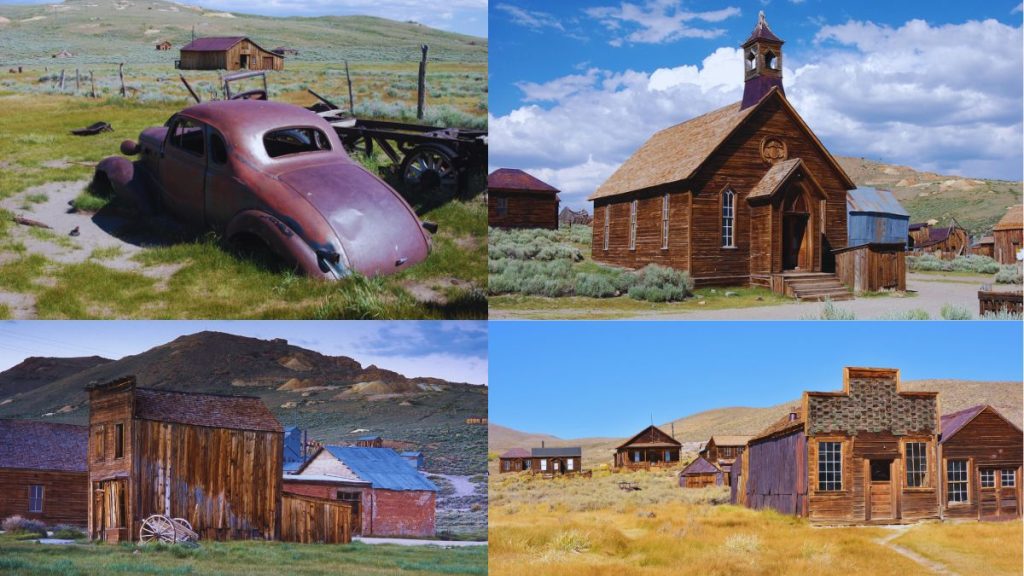It was previously a thriving mining town in the late 19th and early 20th centuries, but it finally went into obscurity and was left in very good condition. Bodie is now a well-liked tourist destination and a state historic site, giving tourists an intriguing look into the past.

The discovery of gold by a group of prospectors, including W. S. Bodey, in 1859 is the origin of the ghost town of Bodie. Unfortunately, Bodey was unable to see the growth of the town bearing his name before he died in a blizzard the following year.
The town was formerly known by various phonetic variations of “Bodey,” but after a painter in the nearby boomtown of Aurora lettered a sign for “Bodie Stables,” the name “Bodie” remained. Although Bodie’s fame initially lagged behind, the finding of gold there coincided with the discovery of silver in Aurora and the renowned Comstock Lode in Nevada.
Bodie State Historic Park was established in 1962 as a result of Bodie’s recognition as a National Historic Landmark in 1961. Currently, about 110 buildings that are in a state of halted degradation serve as a reminder of the town’s past. The interiors of buildings that still contain their original contents and the deserted streets can be explored by visitors.
Bodie has grown to be a well-liked location for night photography, which only adds to its unsettling appeal. Visitors can get to Bodie via State Route 270 or State Route 167 even though the town’s highways are frequently closed during the winter owing to severe snowfall. One of the original residences on Green Street now serves as the ranger station for the California State Parks. Bodie State Historic Park still runs despite previous financial difficulties; the Bodie Foundation currently oversees operations.

No comments:
Post a Comment